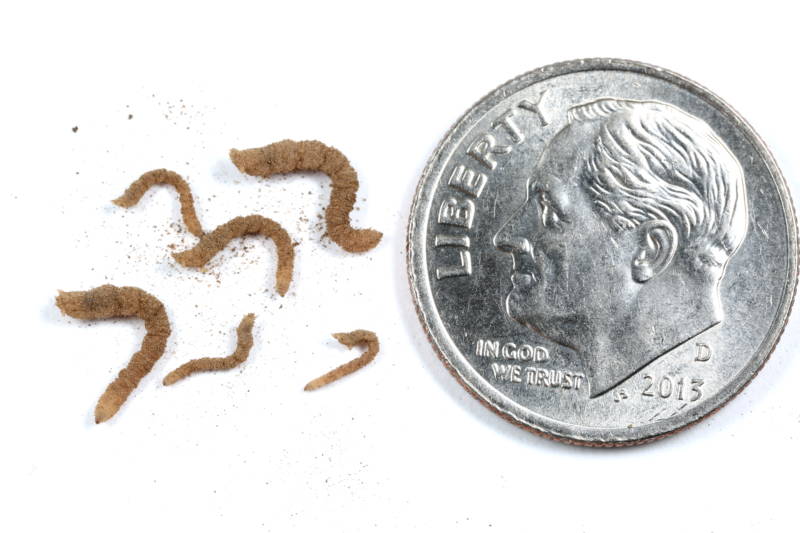
Ominous creatures that lurk deep underground in the desert, like the sandworms in the classic science fiction novel “Dune,” aren’t just make-believe. For ants and other prey, wormlions are a terrifying reality.
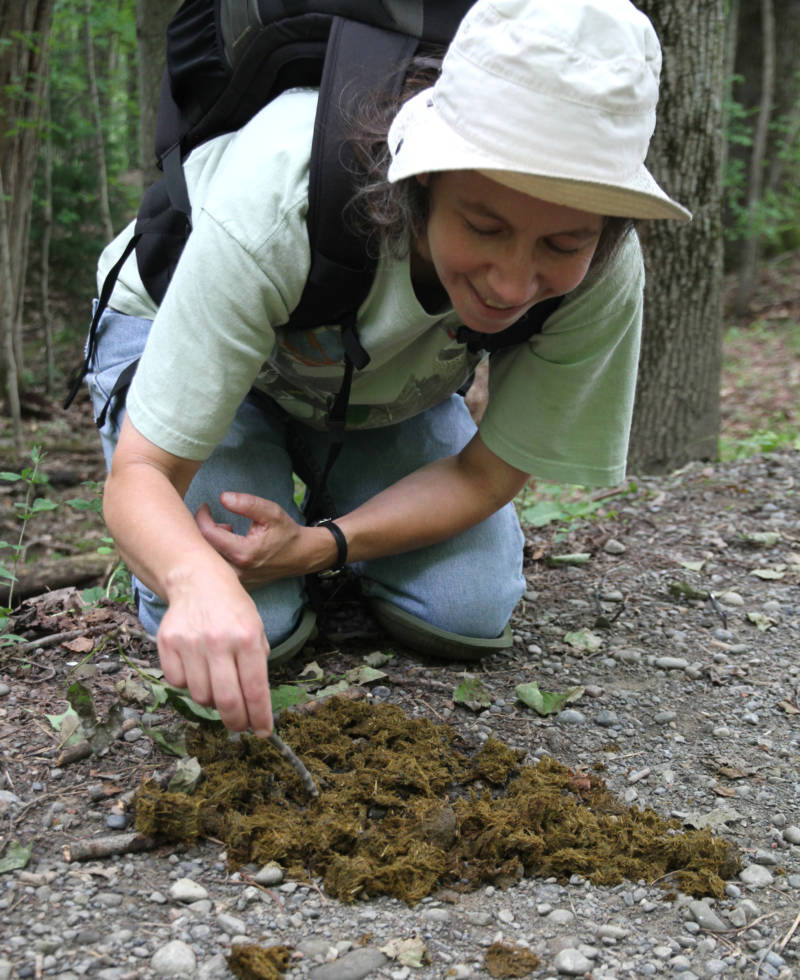
While quite small—they can grow up to an inch—wormlions are fly larvae that curl up their bodies like slingshots. Usually found under rock or log overhangs in dry, sandy landscapes, they’ll energetically fling soil, sand and pebbles out of the way to dig pit traps.
Once an unlucky critter falls in, wormlions move at lightning speed and quickly wrap their bodies around their victims. Squeezing them like boa constrictors, they also inject them with a paralyzing venom. They feed this way for several years, until they transform into adults.
Joyce Gross, a computer programmer for the UC Berkeley Natural History Museums, is fascinated by their unique hunting behavior.
“They have such a weird life history,” she said. “They’re the only flies that dig pits like this, and wait for prey to fall in, just like antlions.”
Gross, an avid photographer and naturalist in her spare time, has been studying these insects for over three years. Wormlions first appeared on her radar while collaborating with several entomologists to update Jerry Powell and Charles Hogue’s “California Insects” field guide.
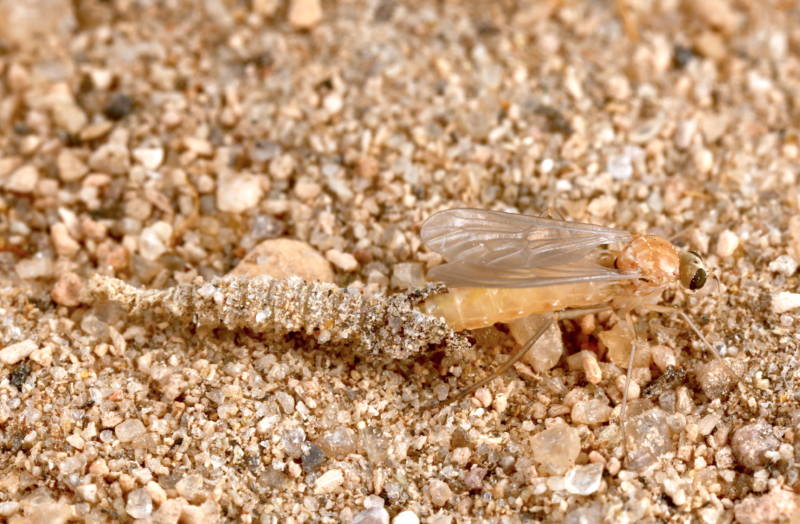
Gross has been collecting, rearing and photographing wormlions at her home in order to add both research and images to the next edition of the book. She’ll fill a plastic vial with ants from her backyard and will feed them regularly, keeping careful records of their eating patterns.
“I’ve had animals all of my life, usually not insects,” said Gross. “Most people feel very bad that I don’t have a dog, but they don’t understand how I can enjoy my other pets. I do like feeding them. I have to admit there’s something about them waiting there and knowing that they’re hungry. It’s sort of like throwing a treat to my dog, but I’m tossing in an ant for my wormlions. They’re pretty ferocious for such tiny things. It amazes me that they don’t seem to get injured by these ants.”
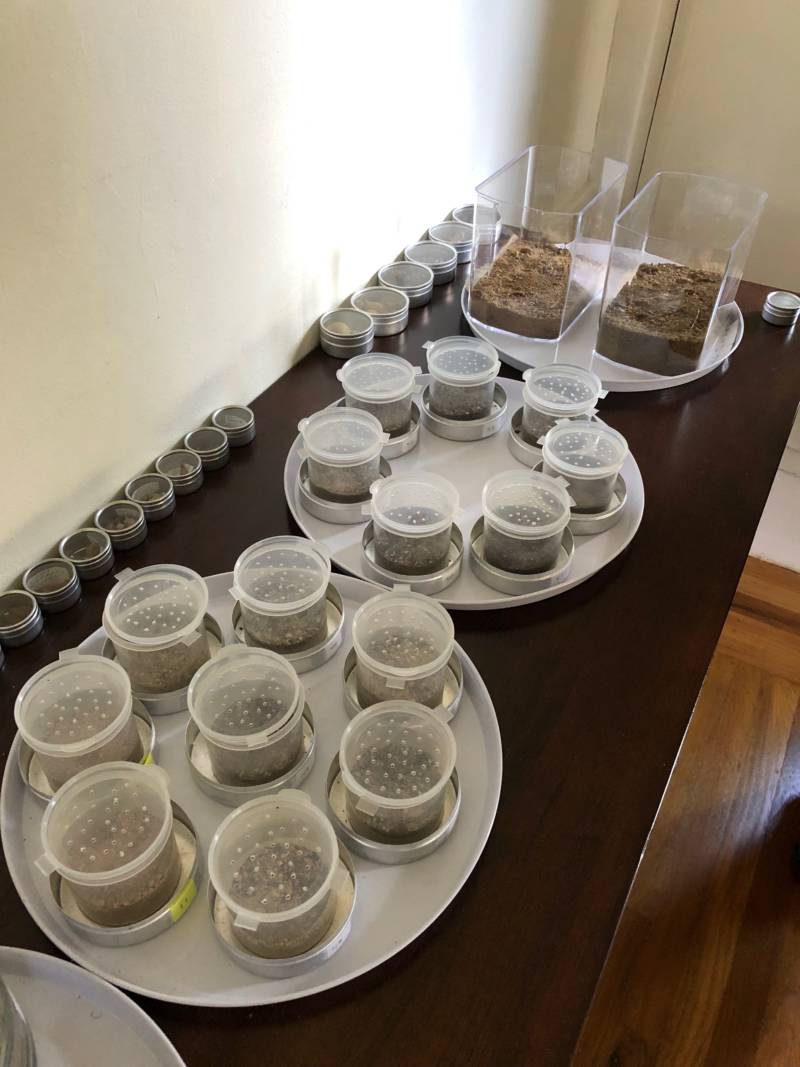
While she’s always been intrigued by the natural world, insects weren’t always her main focus. “I got interested in entomology partly because after digital cameras came around, it became really easy to photograph and learn about them. I was also photographing birds, reptiles and amphibians, but then insects really caught my attention. I like the variety of life histories, and I really like things that people don’t know as much about. There’s lots of birders. But with insects, there are so many of them and relatively few entomologists compared to the numbers of insects.”
“Plus, it’s just fascinating learning about them. All the weird things that they do. And I love seeing these little tiny things blown up huge. They’re pretty amazing-looking creatures, some of them. That’s the photography aspect. You can also use that to ID things and learn about them.”
Informal contributions to research are integral to ongoing citizen science projects, such as SETI@home and iNaturalist. But Kip Will, an associate professor at UC Berkeley who is leading the effort to update the “California Insects” guide, puts Gross in her own category.
“I’ve never thought of Joyce as a volunteer or a citizen scientist,” Will said. “She is a co-equal in the new edition of the field guide. Though she isn’t responsible for the text, she is handling all the images and most of the field work.”
“She knows the natural history of local insects, in general, about as well as anyone,” he added. “A lot of people benefit from her efforts and generosity with images and observations she posts to places like BugGuide and CalPhotos.”
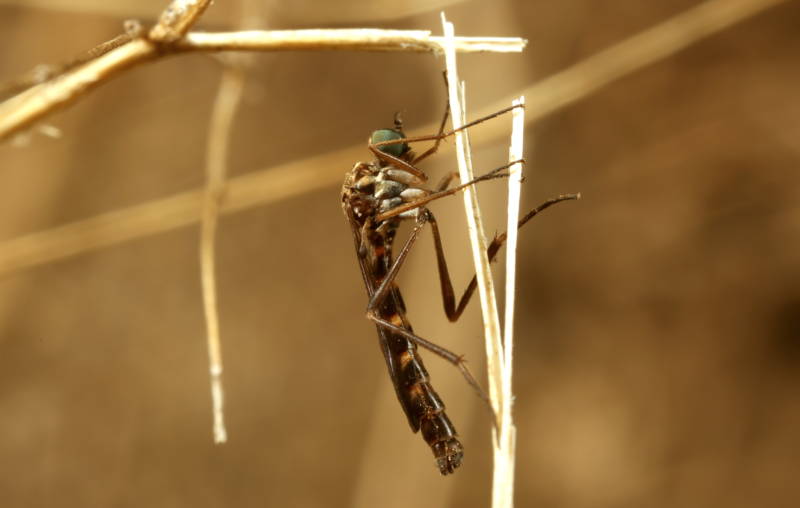
With the 30 or so wormlions that she has gathered in the field, Gross hopes they’ll mature into flies and lay eggs so she can document an entire life cycle. UC Berkeley’s Essig Museum of Entomology receives some of her specimens for its archives, and she said she may eventually publish her research after she’s amassed more data about the lives of wormlions.
“It’s just exciting to me learning about all these insects I didn’t know about,” Gross said. “There are also a lot of questions and mysteries, but what we do know is interesting. Sharing stuff that I’ve learned either through photos or just observations online, that’s fun, too.”